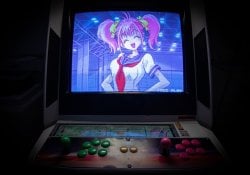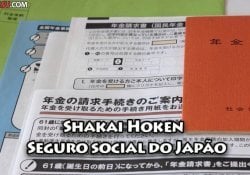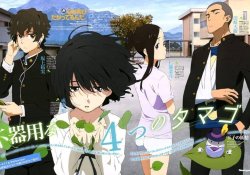Looking for methods to study Japanese efficiently? In this article we will know the “Spaced Repetition System” abbreviated as SRS which translated means Spaced Memorization System.
The SRS Method generally uses double-sided Flashcards to present information to the student, where he has to try to remember the meaning or some similar idea.
In this article we will go deeper into the spaced memorization method, also known as the Anki method. This is a very popular method of learning the Japanese language.
We also recommend reading:
- How Anki Can Help You Memorize Japanese and Others
- Using the NWE to Study Japanese with ANKI
- How to Use Artificial Intelligence (AI) to Study Japanese
Índice de Conteúdo
The SRS Method (Spaced Repetition System)
SRS is a learning method that uses spaced repetition to help students memorize information more efficiently. The idea behind the SRS is to present the study material at increasing intervals, which helps transfer information from short-term memory to long-term memory.
Here is a more detailed explanation of how an SRS works:
- When you learn a new word, kanji or expression, the first review is done in a short period of time (for example, a few hours or a day).
- If you remember the information correctly, the interval before the next review increases (for example, two days).
- If you keep remembering the information correctly on subsequent reviews, the interval before future reviews continues to increase (for example, four days, one week, two weeks, and so on).
- If you fail to remember the information during a review, the interval is shortened and you start reviewing it more often again.
SRS is an effective technique for learning Japanese vocabulary, kanji, and grammar, as it helps you focus on those pieces of information that are most difficult to remember, while reviewing the easier information at longer intervals.
There are several tools and applications available that utilize the SRS, such as Anki and Memrise. These apps allow you to create your own flashcards or use predefined sets of flashcards from other users. Plus, they automatically manage review intervals based on your performance, making it easy to adhere to the method.
To get the most out of the SRS, it's important to study often and review material regularly. Furthermore, combining SRS with other learning techniques and practice in real contexts can further improve Japanese language retention and understanding.
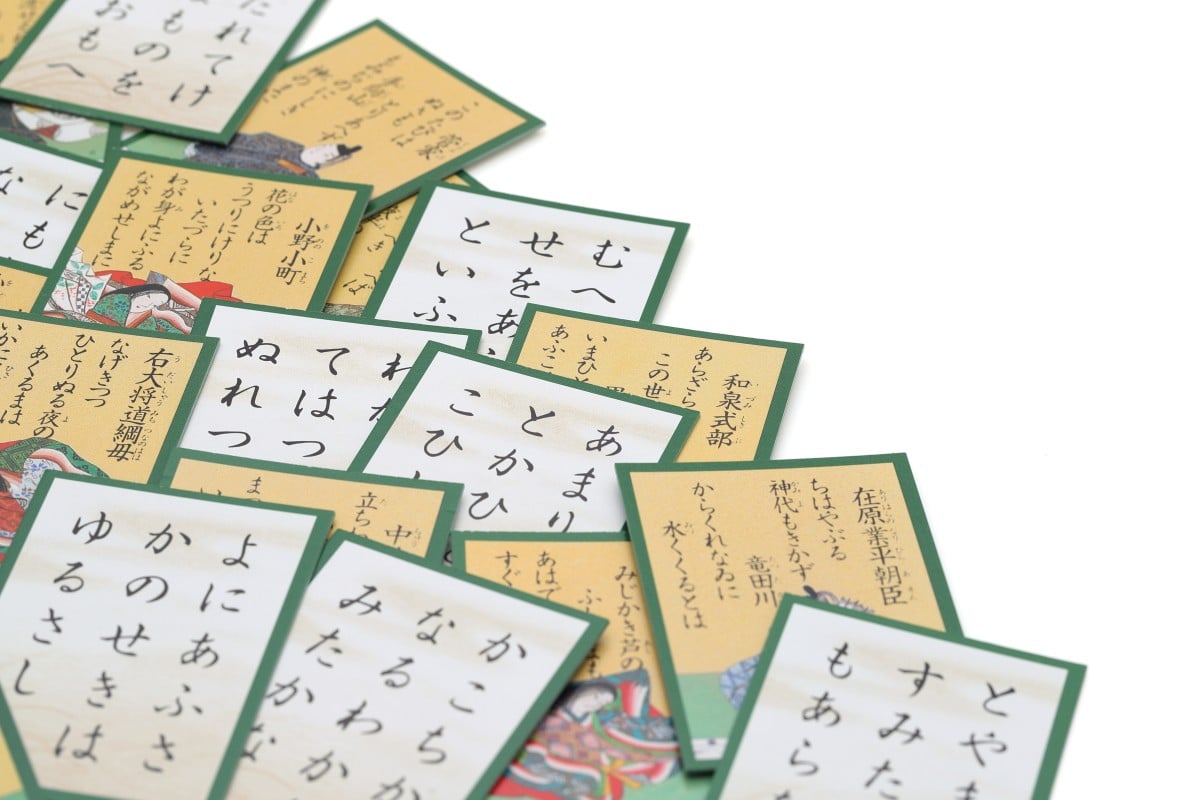
Japanese Club
Suki Desu has a member platform called Japonês Club where we share video classes gradually focused on learning the Japanese language. All this at an affordable price with no monthly fees and lifetime access.
Our video lessons have a phrase system where the student can copy and add phrases to Anki, thus applying the spaced memorization method. If you want to know, follow the link below:
Access the Japanese Club now and become a member
Spaced Memorization Tools
Below we will present the two main tools for spaced memorization. If you want more SRS apps, we recommend reading the article: 9 Apps similar to Anki
Anki
Anki is free and open source software that allows you to create and manage flashcards on your computer or mobile device. Anki uses the spaced repetition algorithm to help you memorize information efficiently.
See some of its features:
- Creating custom flashcards: Anki lets you create your own flashcards with text, images, and even audio. You can also customize the layout and style of the cards.
- Shared sets: There is a large community of Anki users who share their sets of flashcards. You can search and download predefined sets on a variety of topics, including Japanese (vocabulary, kanji, grammar, etc.).
- Sync between devices: Anki lets you sync your progress and flashcards between different devices, making it easy to study on the go.
- Statistics and progress analysis: Anki provides detailed statistics on your performance and progress, helping you to identify areas that need more practice.

memory
Memrise is a language learning app that uses SRS to help users memorize vocabulary, kanji, and grammar in Japanese as well as other languages.
See some of its features:
- Courses and levels: Memrise offers a wide range of courses and levels, from beginners to advanced. Courses are created by both the Memrise team and platform users.
- User friendly interface: Memrise has an intuitive and attractive interface, making studying more enjoyable and engaging.
- Multiple ways of learning: Memrise uses several types of exercises, such as multiple choice, typing, image and audio matching, to help reinforce information retention.
- Mobile and web app: Memrise is available both as a mobile app and as a web platform, allowing you to study anywhere, anytime.
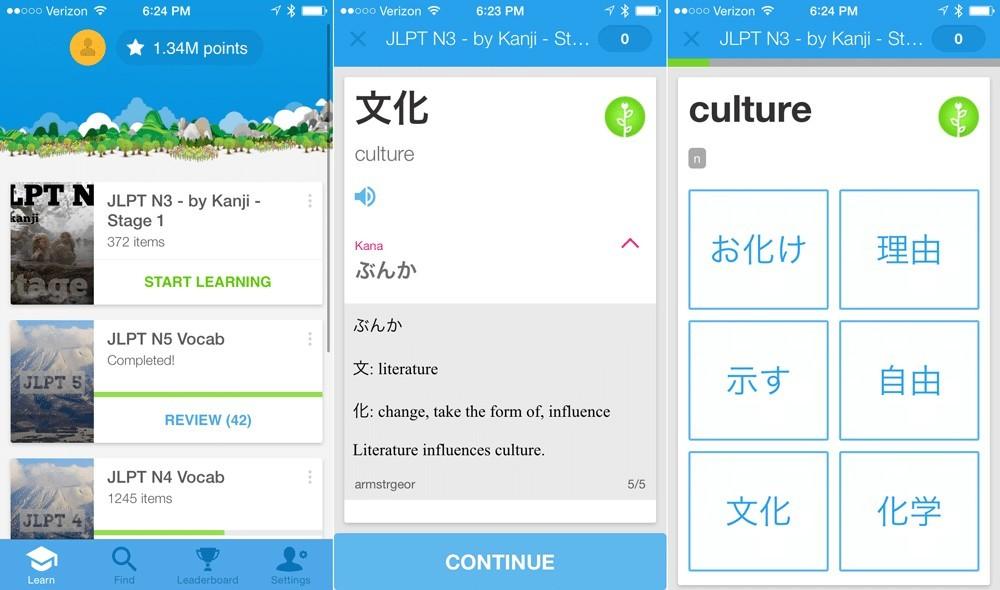
Which tool to choose?
By using tools like Anki and Memrise, you can take advantage of SRS to improve your Japanese learning and retain information more efficiently. However, it is important to remember that regular practice and the combination of different learning techniques are fundamental to success in mastering the Japanese language.
Spaced repetition alone is not enough; it is also essential to practice listening, speaking, reading and writing in real contexts and apply the acquired knowledge.
Also, it's important to consider your preferences and learning style when choosing between Anki, Memrise, or other SRS-based tools. Some people may prefer Memrise's more gamified approach and interface, while others may appreciate Anki's customization and flexibility. Try both tools and see which one best suits your needs and preferences.
The article is still halfway through, but we recommend also reading:
Manual SRS Method with Flashcards
Perhaps you have noticed that the applications used use a system of Flashcards, cards with two sides, they are perfect for learning using SRS, even if they are done manually.
To use the SRS manually, using flashcards, follow these steps:
- Choose the material to study: This can include Japanese words, phrases, grammar, Kanji or any other material you want to memorize.
- Create a list of items: Write each item to be memorized on a card or paper, with the information on one side and the translation or meaning on the other side.
- Rank the difficulty of each item: Rate how easily you can remember each item on a scale of 1 to 5, for example. Difficulty 1 items are those that you can remember easily, while Difficulty 5 items are those that you have difficulty remembering.
- Create a review schedule: Based on the difficulty rating of each item, set a revision schedule for each one. Difficulty 1 items can be revised every two weeks, while difficulty 5 items must be revised every day.
- Review the items according to the schedule: Revisit each item on the revision date and try to remember the meaning or translation before looking at the other side of the card. If you remember, put the card on the less frequent review pile. If you forget, put the card in the most frequent review pile.
- Adjust the review schedule: As you continue to review items, you can adjust the review schedule based on your ability to remember. Items that you remember easily can be spaced farther apart in your revisions, while items that you have trouble remembering will need to be revised more often.
Using the SRS manually requires a little more organization and discipline, but it can be a great way to memorize information effectively. By adjusting the review schedule based on your ability to remember, you can streamline the learning process and make studying more efficient.
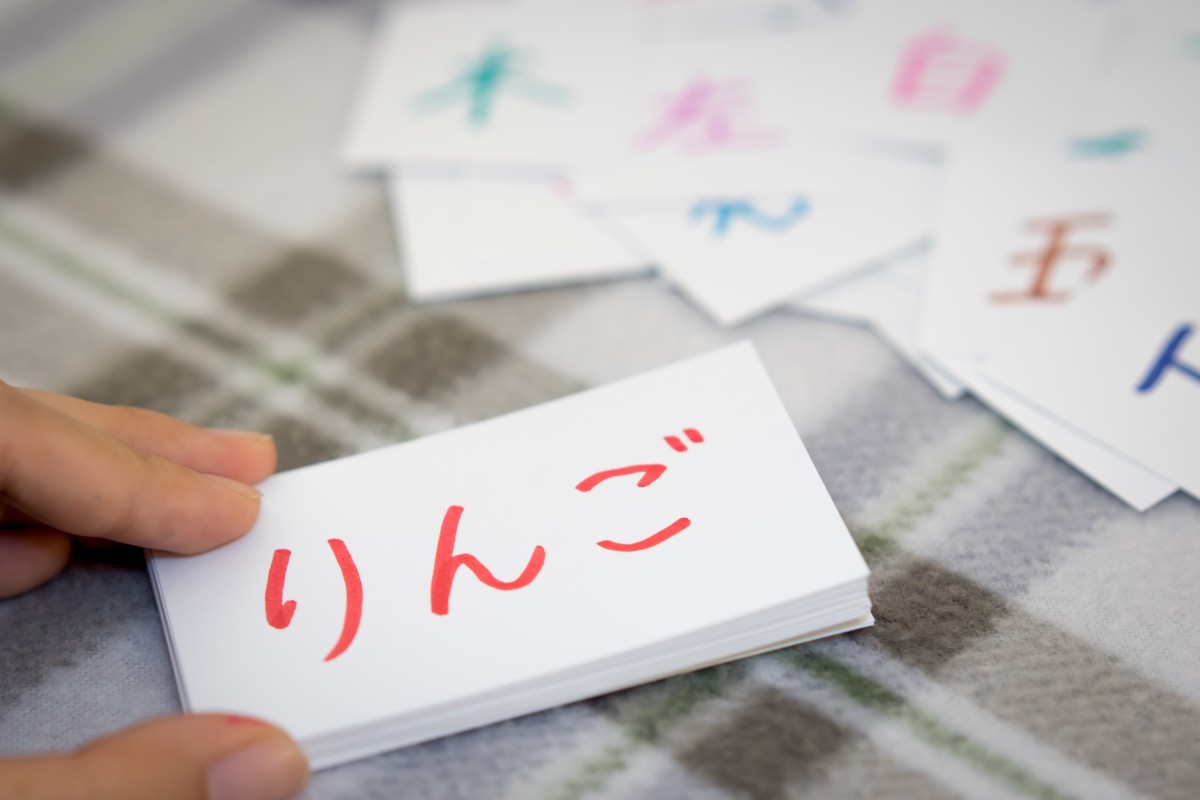
Spaced Revision Table
Here is a time table you can use as a reference for reviewing items using the SRS:
| Difficulty | First Review | Second Review | Third Review | Fourth Revision | Fifth Revision |
|---|---|---|---|---|---|
| 1 | 1 day | 2 days | 4 days | 1 week | 2 weeks |
| 2 | 1 day | 2 days | 4 days | 1 week | 2 weeks |
| 3 | 1 day | 3 days | 1 week | 2 weeks | 1 month |
| 4 | 1 day | 4 days | 2 weeks | 1 month | 3 months |
| 5 | 1 day | 5 days | 1 month | 3 months | 6 months |
Studies, results and evidence
The effectiveness of spaced repetition has been demonstrated in several studies. A 2011 study published in the Journal of Experimental Psychology showed that using spaced repetition significantly improves information retention compared to cramming.
See below other studies, results and evidence of the SRS method:
Ebbinghaus, H. (1885): German psychologist Hermann Ebbinghaus was the first to study spaced repetition. In his pioneering work, he discovered the so-called “forgetting effect,” which describes how retention of information decreases exponentially over time unless periodically reviewed.
Bahrick, HP, Bahrick, LE, Bahrick, AS, & Bahrick, PE (1993): In this study, the authors found that spaced repetition is effective for long-term knowledge retention. Participants who used spaced repetition to learn foreign language vocabulary showed significantly greater retention of learned words, even after a gap of up to 5 years.
Cepeda, NJ, Pashler, H., Vul, E., Wixted, JT, & Rohrer, D. (2006): In this study, the authors demonstrated that spaced repetition improves performance in learning historical facts, as well as retention of words in foreign languages. They also showed that optimal revision intervals depend on the desired retention time.
Karpicke, JD, & Roediger, HL (2007): This study showed that spaced repetition is effective not only for improving information retention, but also for increasing understanding of the material. The authors found that students who used spaced repetition to learn expository text performed better on comprehension and retention tests than those who studied in a mass manner.
These studies and others show that spaced repetition is an effective learning technique that can significantly improve retention and comprehension of information in many areas of study, including learning languages such as Japanese.

